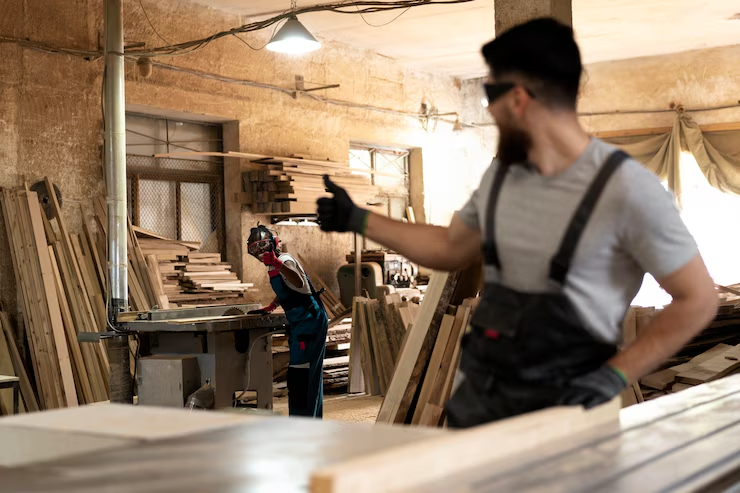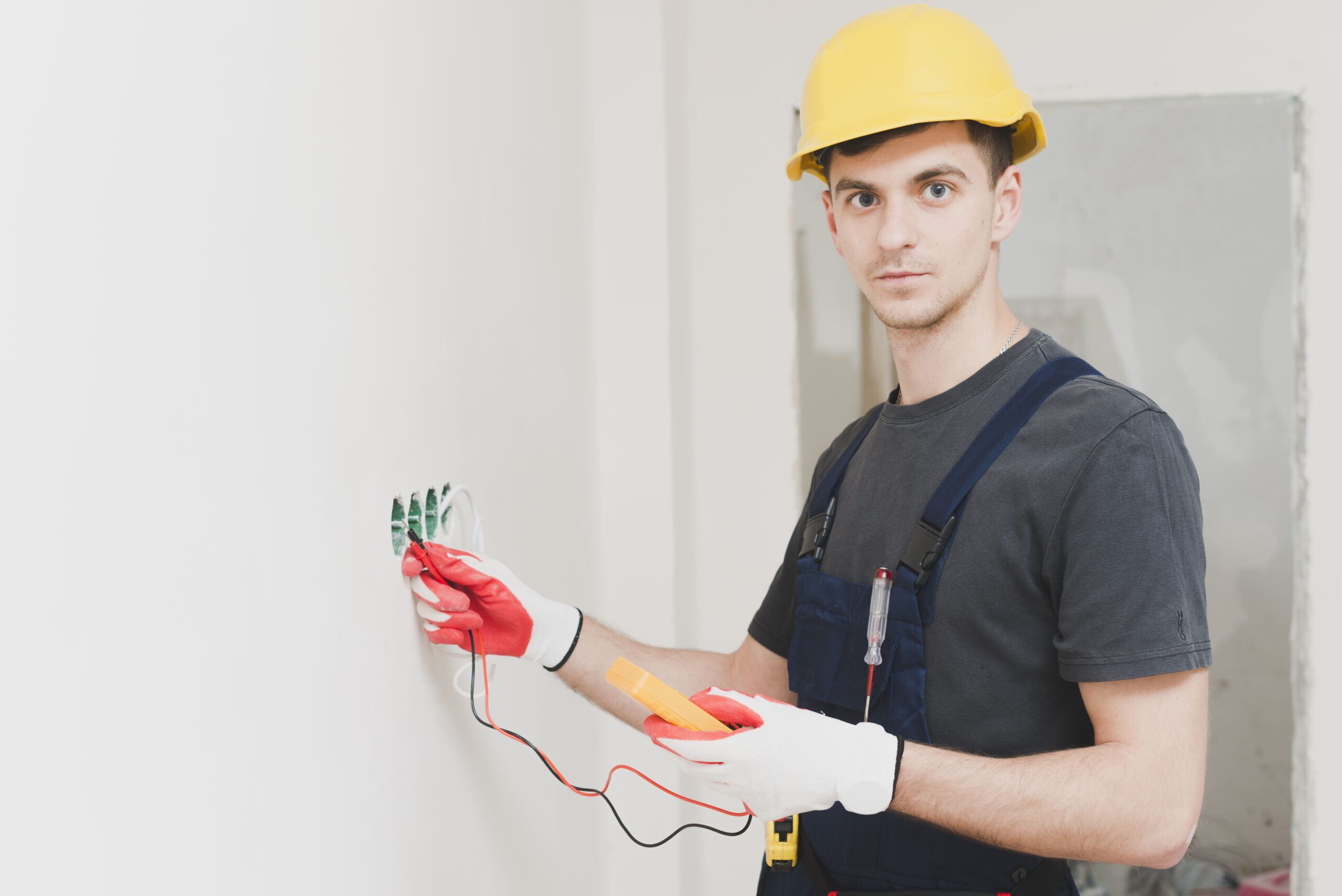What Is Treated Wood?
Treated wood is lumber that has been chemically or thermally processed to resist decay, termites, moisture, and fungi. It is a smart investment for outdoor projects, high-moisture environments, or applications that demand long-term strength and stability.
Common types include:
Pressure-treated wood – infused with chemical preservatives under pressure to deeply penetrate the wood fibers.
Heat-treated wood – treated with high heat for stability and pest resistance without chemicals.
Eco-treated wood – processed using environmentally conscious treatments that meet modern standards.
Understanding these treatment processes can help you select the right wood for your application.
Benefits of Using Treated Wood
Resistance to Decay and Insects
Treated wood significantly reduces the risk of termite attacks, fungal rot, and mold growth, especially in humid climates.
Extended Longevity
Projects built with treated wood tend to last longer, requiring fewer repairs and replacements over time.
Cost Efficiency
Though it may cost more upfront, treated lumber saves money in the long run due to its durability.
Versatile Usage
Treated wood is ideal for everything from structural framing to garden beds, pergolas, patios, and exterior walls.
Sustainable Options
Eco-certified treated wood supports sustainable forestry and environmentally responsible building practices.
Best Applications for Treated Wood
Treated lumber is the go-to choice for areas that face regular moisture, soil contact, or exposure to outdoor conditions.
Common uses include:
Decking and fencing
Gazebos and pergolas
Playground equipment
Retaining walls and landscaping
Basement framing and exterior structures
Outdoor furniture and cabinetry
When used correctly, treated wood adds strength and beauty to any project while resisting the wear and tear caused by weather and insects.
Wood Species to Consider
Different projects call for different types of wood. Here are some premium wood options offered by leading suppliers:
Pine Boards – Affordable and widely used in general construction.
Brazilian Teak (Cumaru) – Extremely durable and great for decking.
Ayacahuite – A softwood native to Mexico, perfect for paneling.
Siricote – An exotic hardwood ideal for fine furniture and intricate detailing.
American Oak – Strong and attractive, excellent for structural and interior use.
Combining the right species with proper treatment can maximize your project’s visual appeal and performance.
Factors to Consider When Choosing Treated Wood
1. Project Type and Environment
Consider whether the project will be exposed to weather, moisture, or soil. Outdoor applications need more durable treatment than indoor use.
2. Treatment Method
Check if the wood has been pressure-treated or heat-treated, and ensure it meets safety standards—especially if used around people or food.
3. Wood Grade and Appearance
Select higher-grade treated wood for visible parts like furniture or exposed beams. Lower-grade wood is fine for hidden structural elements.
4. Moisture Level
Wood that’s too wet can warp or shrink. Look for kiln-dried or properly seasoned treated wood, especially for precise cuts and fittings.
5. Certifications
Always check for eco-certifications and responsible forestry sourcing. Using certified wood ensures you’re not contributing to deforestation or illegal logging.
Safety and Handling Tips for Treated Wood
Wear Safety Gear: Use gloves, masks, and goggles when cutting or sanding treated wood.
Use Appropriate Fasteners: Stainless steel or galvanized fasteners prevent corrosion.
Seal Cut Ends: Any cuts made after purchase should be sealed with an end-cut preservative.
Don’t Burn It: Burning treated wood releases harmful chemicals—dispose of scraps at approved facilities.
Allow to Dry Before Finishing: Let the wood dry before painting, staining, or sealing to ensure adhesion and finish longevity.
The Importance of Sustainable Sourcing
Environmentally responsible sourcing is no longer optional—it’s essential. Certified treated wood ensures forests are preserved and communities are protected. Companies committed to sustainability are more transparent about where and how their wood is harvested.
Madereria Cuauhnahuac, based in Cuernavaca, stands out as a trusted name in the Mexican wood market. They specialize in high-quality wood products, including treated lumber, pine boards, and exotic hardwoods, all sourced and processed with sustainability in mind.
Where to Buy Treated Wood in Mexico
Choosing the right wood supplier is as important as selecting the right material. Look for:
A wide range of wood species and treatments
Detailed product specifications and certifications
Local availability and delivery options
Expertise in both construction and fine woodworking
For builders, contractors, and DIYers alike, madereria.mx offers everything you need—from pressure-treated wood to rare, exotic species—ensuring your project is built to last and ethically sourced.
Conclusion
Treated wood offers strength, reliability, and environmental safety—qualities essential for any serious construction or woodworking project. From decks to furniture, and fencing to frames, selecting the right type of treated lumber can make or break the final result. Be sure to consider species, treatment method, application, and sustainability before making your purchase.
When you’re ready to source top-tier materials, trust suppliers like madereria.mx who combine expertise, variety, and commitment to responsible forestry. Build smart, build strong, and build to last.


